It is November 1991.
The Western world’s plan to find a compromise on the former Republics of Yugoslavia through an alliance of independent States has failed. Meanwhile, the war in Croatia is escalating [you can listen to the latest episode of BarBalkans - Podcast here].
The Croatian National Guard cuts off supplies to the federal barracks, while the Yugoslav People’s Army is sieging Dalmatian cities (Zadar, Split and Dubrovnik) from land and sea.
In eastern Slavonia, a siege is on since August 19: Vukovar has become the new Stalingrad.
The end of Vukovar
After 91 days, 2184 hours of siege, the Wolf Fortress falls.
On November 18, Vukovar surrenders to JNA regular forces and Serbian paramilitaries.
Over 4 thousand civilians have already lost their lives in the three months of siege. The fate of the almost 2 thousand remaining defenders will be no different.
The city is invaded or liberated - depending on the point of view - by federal officers and chetniks. The latter walk around the streets killing civilians and singing macabre hymns:
«Bit če mesa, bit če mesa, lati čemo hrvate» [«There will be meat, there will be meat, we will slaughter Croats»].
The Serbian President, Slobodan Milošević, is invited to «bring salad» at this banquet.
The “rite of separation” takes place: Serbs and Yugoslavs on one side, Croats on the other.
Women and children are taken away, while Croatian men are shot and thrown into mass graves near Ovčara. Others are interned and tortured at Sremska Mitrovica, in Vojvodina.
520 bodies are officially buried at the cemetery in Vukovar, but hundreds of rotting corpses are abandoned in the streets or in the fields.
Franjo Tuđman’s Croatia is in disarray: the diaspora from Vukovar is only swelling the ranks of the ultranationalist Croatian Defense Forces (HOS). The new President of Croatia fears that the country will be perceived as Ustaša (fascist).
In the meantime, Croatia risks total defeat, even if the fall of Vukovar is leading Serbia to international isolation.
General Života Panić understands that if the Army continues its march on Osijek, the way to Zagreb is free.
But it is only then that the ethnic driver of this conflict is revealed.
From Belgrade, Milošević orders General Panić to stop and to accept that the real victory has been achieved:
«We have nothing to do in the areas populated by Croats. We have to defend the Serbian areas».
The plan is to create the Greater Serbia - the nation that unites all Serbs, even in the territories where they are a minority. Vukovar’s capture has prevented Zagreb from carrying Slavonia into the new sovereign and independent State.
It seems paradoxical, but on November 19 - the day after the capture and the violence in Vukovar - the attention of international media is on something else.
They emphatically focus on a massacre that never took place.
A local photographer working for Reuters Belgrade office reports about 41 Serbian children slaughtered corps found in the village of Borovo Naselje, on the outskirts of Vukovar.
Only later he will confess to the editorial staff that he only saw 41 plastic bags already closed (with corpses inside) and that he believed the words of a federal officer. The massacre is not denounced by Serbs because it is fake.
On the opposite, the massacre in Škabrnja (in Dalmatia) is true but not newsworthy.
Ten kilometres from Zadar, entire Croatian families are slaughtered by the chetniks. The survivors arrived in the city talk about cold-blooded executions and hangings.
This is the war of horrors, on both sides: torture, crucifixions, eyes carved out with sharp spoons, rape and ethnic inseminations of women.
The most common practice is cutting off of fingers: two or three, depending on whether the corpses or hostages have to salute “Serbian style” (with thumb-index-middle finger) or “Croatian style” (index and middle finger in a V shape).
The UN is coming
Three days after Vukovar’s surrender, JNA officers invite journalists based in Belgrade for a “guided tour” of the destroyed city, to celebrate its liberation.
European observers of the Arbitration Commission of the Peace Conference also travel to Vukovar and report that «the Yugoslav Federation is in full disintegration».
One week after the end of the siege, on November 26, they witness that «the JNA unhesitatingly fires on unequivocal civilian targets, randomly or aiming at schools, museums and above all hospitals».
The villages populated by Croats are not occupied by Serbs, but «erased from the maps», the report confirms.
At the end of November, Tuđman tries a counter-offensive in Western Slavonia, while he has also to defend his compatriots in the increasingly unstable Bosnia and Herzegovina.
In this context, the UN Security Council unanimously vote in favor of Resolution 721. On November 27, for the first time preparations are made for sending a contingent of UN troops.
The European Community has failed in handling the crisis in the former Yugoslavia and now leaves room to the UN initiative.
The Special Envoy for Croatia, Cyrus Vance, is given the task of preparing the diplomatic ground for the intervention of the Blue Helmets in Croatian theaters of war: Krajina, Slavonia and Dalmatia.
There is little to mediate between Serbs and Croats. The situation must be managed on the ground.
In the meantime, discussions begin in Europe on the international recognition of the two new post-Yugoslav nation-States: Slovenia and Croatia.
A shattered Republic
Bosnia and Herzegovina is also slipping into chaos.
On October 15, the majority of the Parliament in Sarajevo voted in favor of the memorandum for the establishment of a sovereign, democratic and indivisible State.
This decision provoked the reaction of the 73 deputies of the Serb Democratic Party (SDS), who proclaimed themselves «representatives of all Serbs of Bosnia and Herzegovina».
On November 9 and 10, they organize a so-called “plebiscite”. It is nothing more than a fake popular consultation, in which only ethnic Serbs have to choose between the independence of Bosnia from Yugoslavia or «the status quo».
The results are not even published, but «the second option has obtained a majority», a SDS statement announces.
On November 21, the Serb party claims to be the Parliament of the Serbian people in Bosnia and Herzegovina.
The political representatives of the Serbs of Bosnia only take orders from Belgrade and from their leader, Radovan Karadžić, the Sarajevo football team’s psychologist.
By now, one of the most controversial and deadliest men in former Yugoslavia dominates the political scene.
But there is another fracture in the secessionist Republic.
Croats of Bosnia have supported the memorandum, but behind the scenes they are weaving a web of relations with Tuđman’s Croatia.
Mate Boban, arms dealer and strongman of the Croatian Democratic Union of Bosnia (HDZ), is at the centre of this network.
On November 12, he organizes a secret meeting in the town of Grude with approximately 20 party leaders. Here, he reports the talks with the Croatian President.
The goal is to restore «Croatia within its ethnic and historical borders».
As the Greater Serbia, a Greater Croatia. A sort of RAM Plan, without the support of the Yugoslav People’s Army.
The outcome of the secret meeting does not leak out from Grude. However, it lays the foundations for the secessionism of the Croats of Bosnia.
For the moment, they just proclaim the establishment of a political, cultural and economic regional entity, comprising 38 municipalities. It recognizes the democratically elected authorities of Bosnia and Herzegovina.
At least until the independence of Bosnia from «former and future» Yugoslavia is guaranteed, in line with the memorandum.
If you liked this article, you can spread this parallel journey and the free weekly newsletter on social media:
If you know someone who can be interested in this newsletter, why not give them a gift subscription?
Here is the archive of BarBalkans - Podcast:






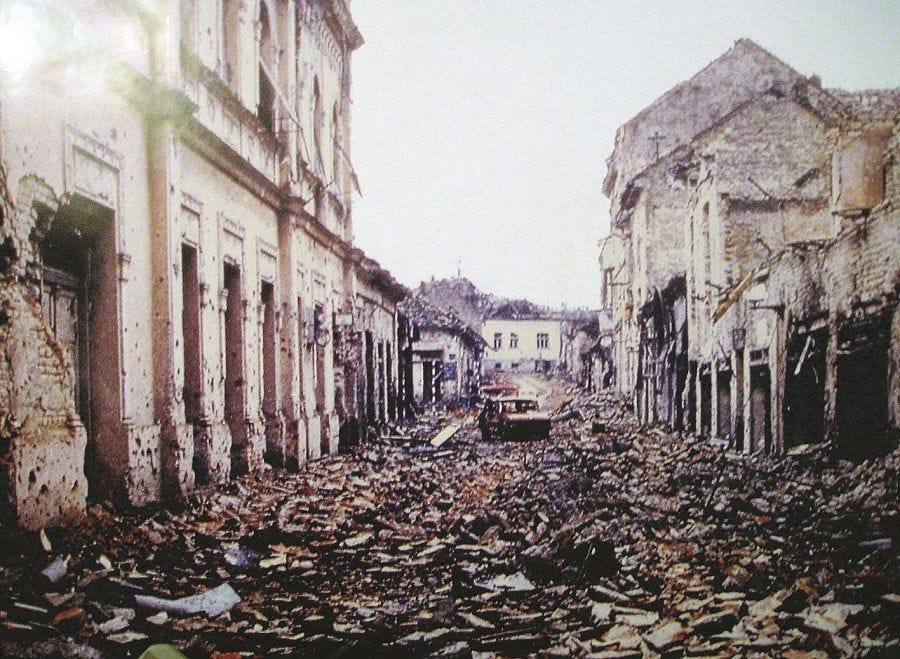
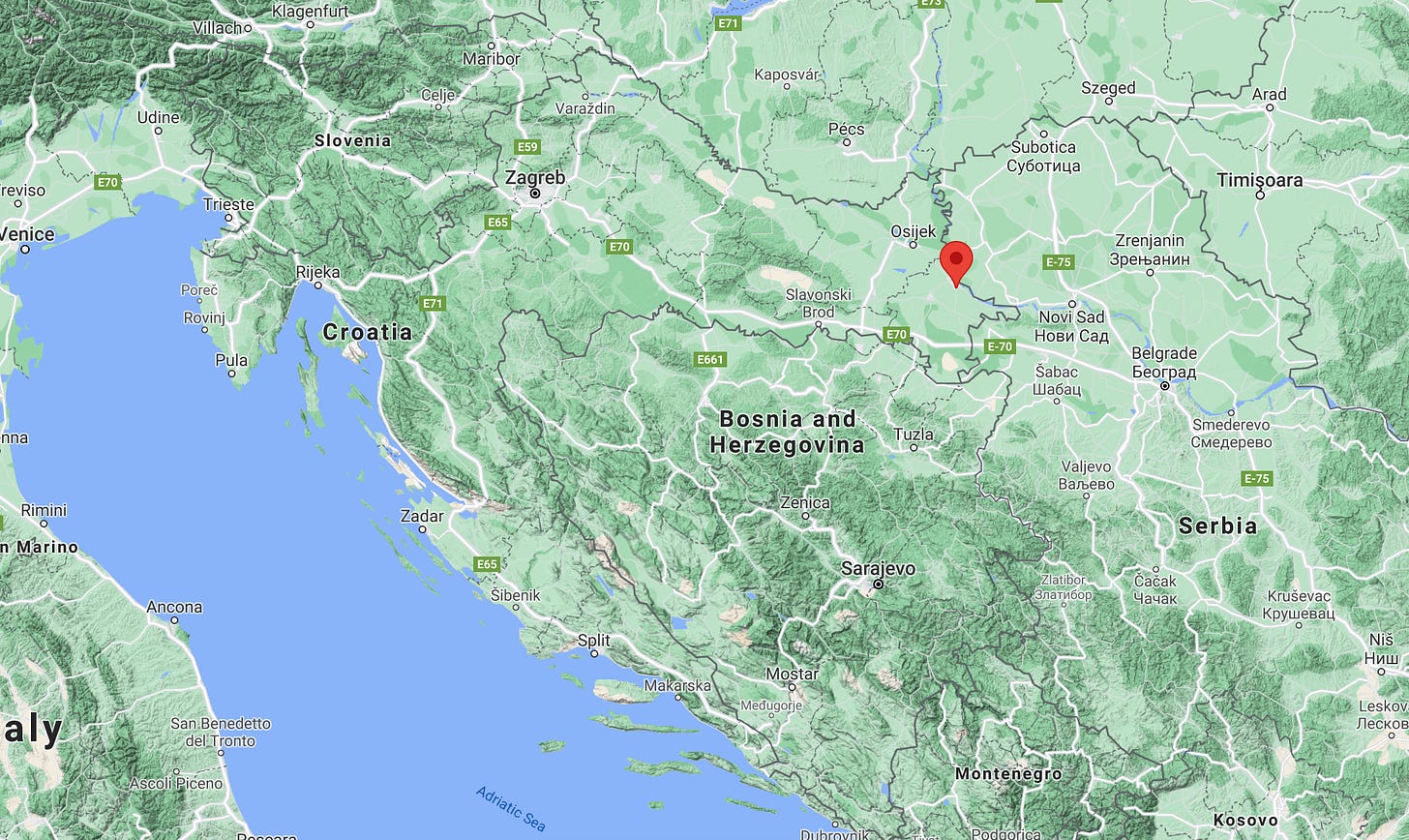


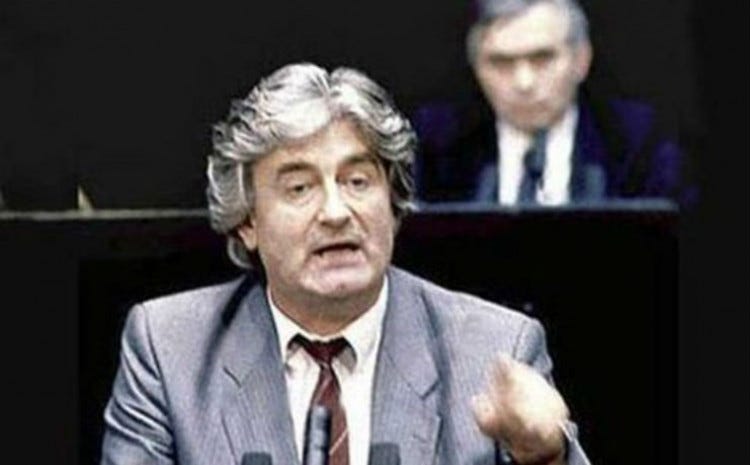






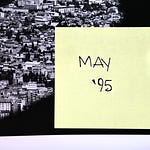


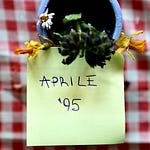
Share this post